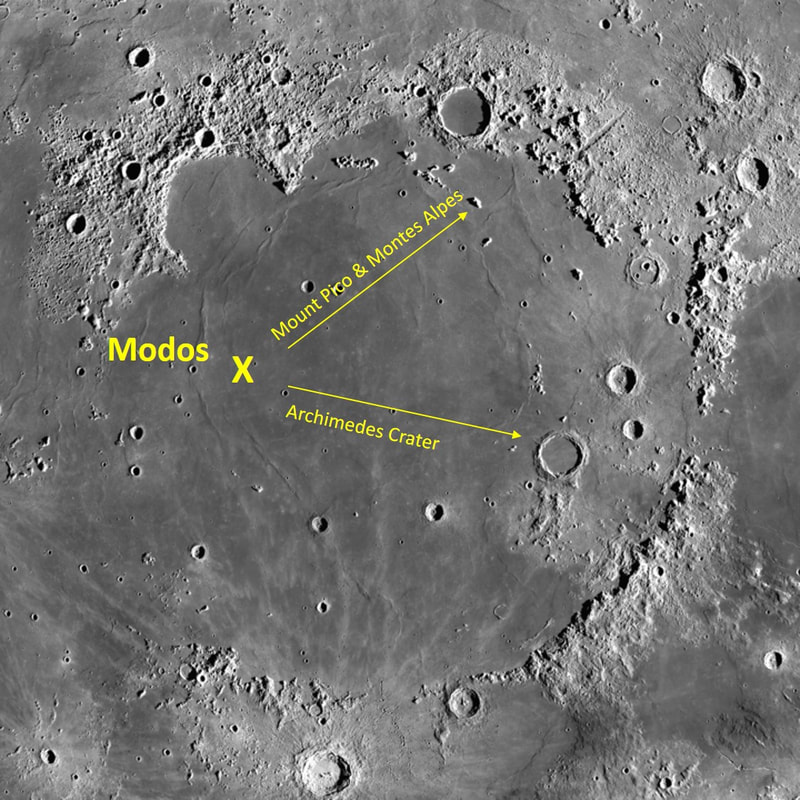
I thought I’d end this series on Radiance with a few random memories and reflections.
Tristan West is not me. I made West a public relations practitioner, which is what I do for a living. But he’s not intended to be me, or at least I hope not. West sacrifices his ethics for a cushy job, then lives a bitter existence when he’s blamed for some bad press and fired. For much of Radiance, he’s rude, snarky and resentful. I can be any of those things at a given time, I suppose. But I hope I’m not Tristan West as a matter of course. If I am, someone please tell me!
T.J. is the only character based on a real person. T.J. Klein is modeled on my daughter, Tobi. Fiery and determined, she’s also tenderhearted and fully invested in her faith. T.J. was the easiest character for me to write because she’s so much like Tobi. The other characters may borrow personality traits from people I know or have encountered in one way or another—yes, Payat and Eucleia are inspired a little bit by Data on Star Trek: The Next Generation—but T.J. is definitely my daughter.
The Cathedral owes its existence to a 1980 prog album. One of my favorite records is The Turn of a Friendly Card by The Alan Parsons Project. It’s a concept album about gambling and gambling addiction. There’s even a line in the title tune, “But a pilgrim must follow in search of a shrine/As he enters inside the cathedral.” The Cathedral also showed up in my original short story, “For The Sake of Ten,” that eventually inspired Radiance.
The visit to Antok was originally much longer. Before I slashed several thousand words from the manuscript, I felt that if I was going to take the story to another galaxy, I ought to spend some time there. One of my editors balked at this, feeling that the tale took a hard left turn that wasn’t necessary. It took me a few years to realize he was correct.
My mother, who hated science fiction, couldn’t stop reading. A voracious reader, Mom nevertheless didn’t understand my interest in SF and didn’t dabble in it. When I gave her a copy of Radiance, she politely congratulated me and, perhaps feeling parental obligation, settled down to read it. A few days later she said to me, “I couldn’t put it down!” She stayed up all night to read it cover to cover and loved it. Now, Mom was a horrible liar, and she knew it, so she invariably spoke the truth. If she said she read it straight through and loved it, you can believe she did. It remains one of the best compliments I ever got for Radiance.
There won’t be a sequel. Probably. A lot of print science fiction these days comes in threes. I’m not sure where or when this started, but I blame Star Wars for the trilogy becoming all but required. My experience has been that trilogies that start strong often don’t end that way, and the middle book winds up being useless fluff. That’s not to say all series, be they in threes or more, are a bad thing. But I prefer nice, contained adventures. Radiance was always intended to be one book. That said, I’ve been asked now and then about doing a sequel. I’m not inclined so, but I do have an idea … so who knows?










 RSS Feed
RSS Feed
